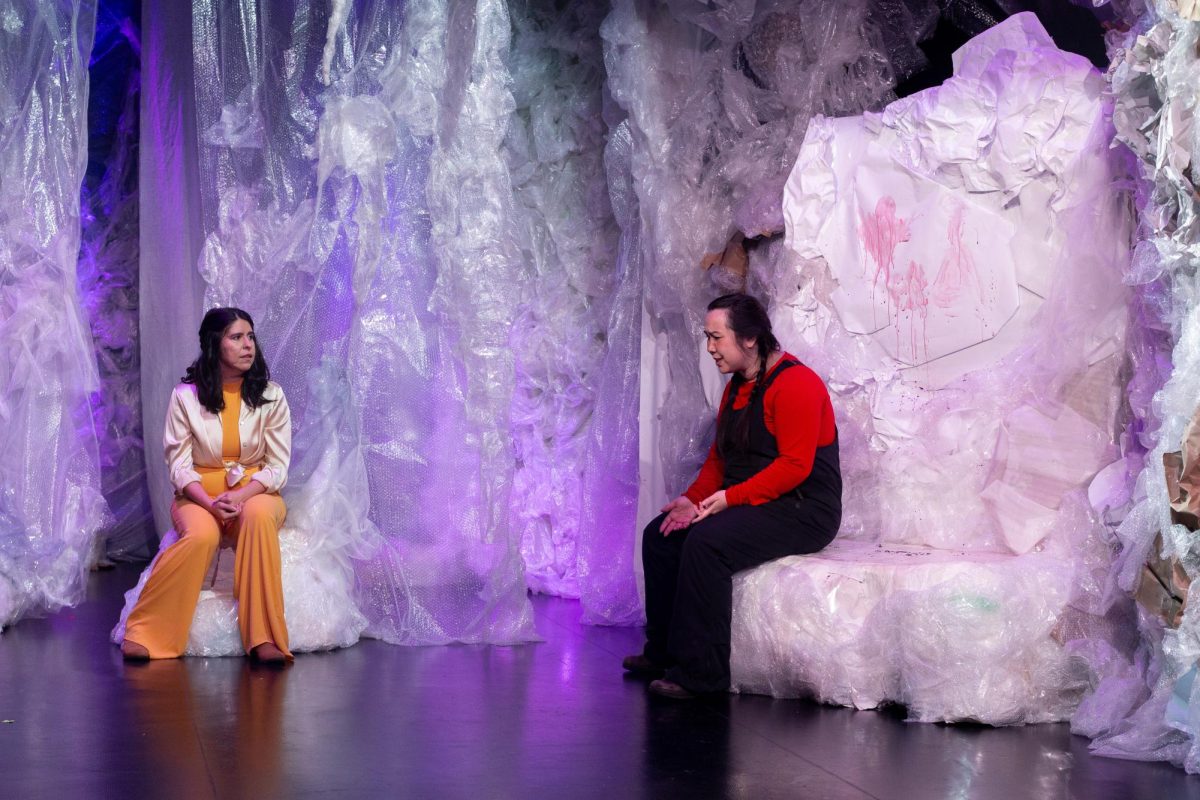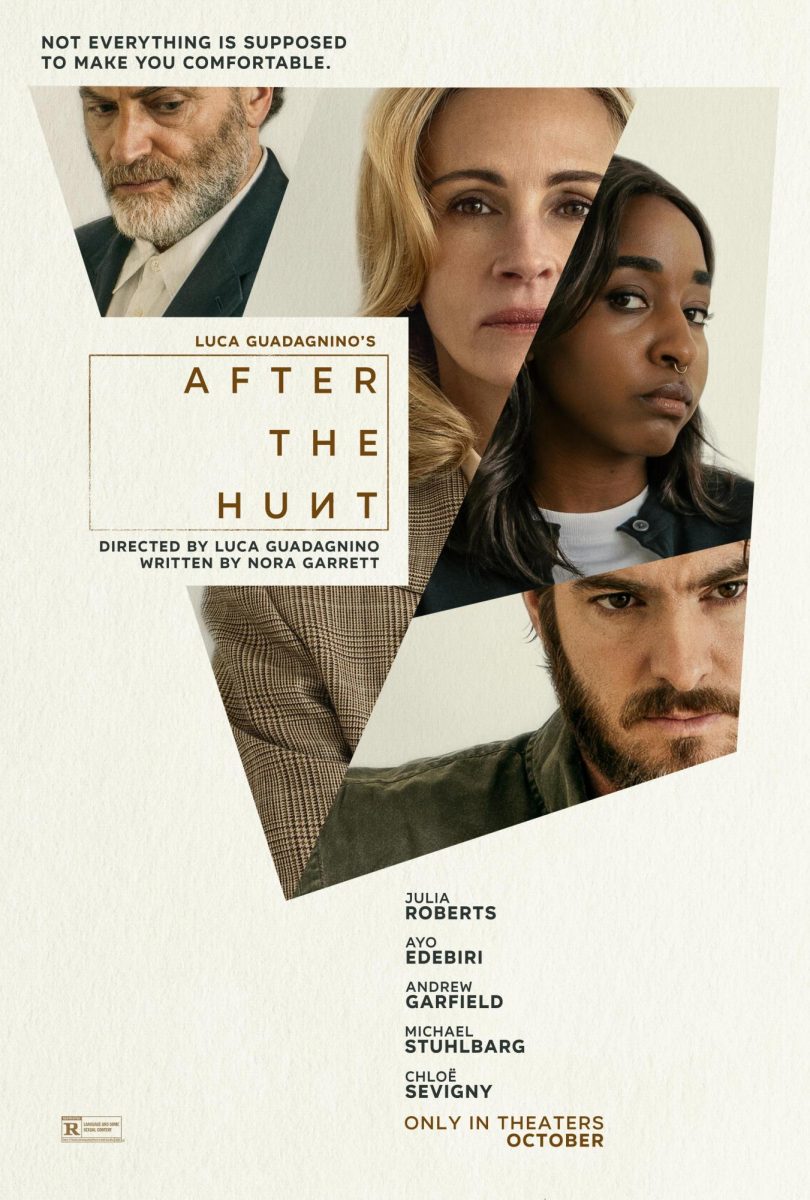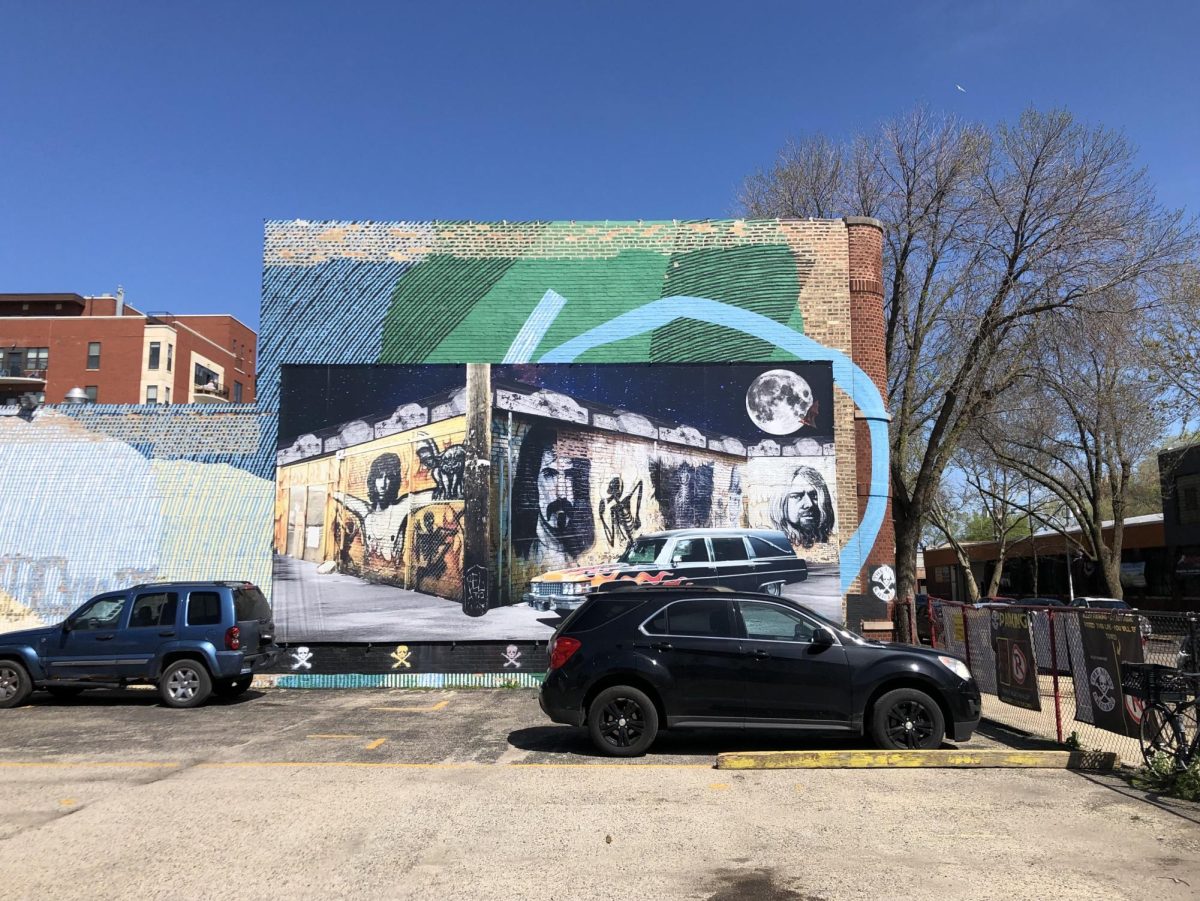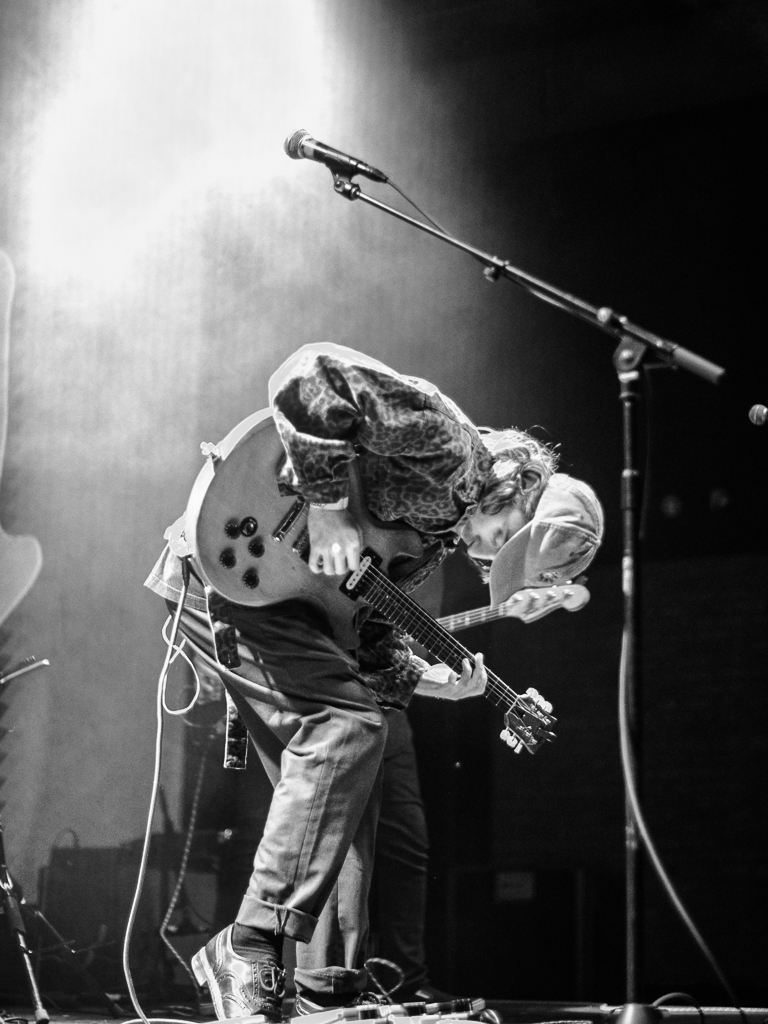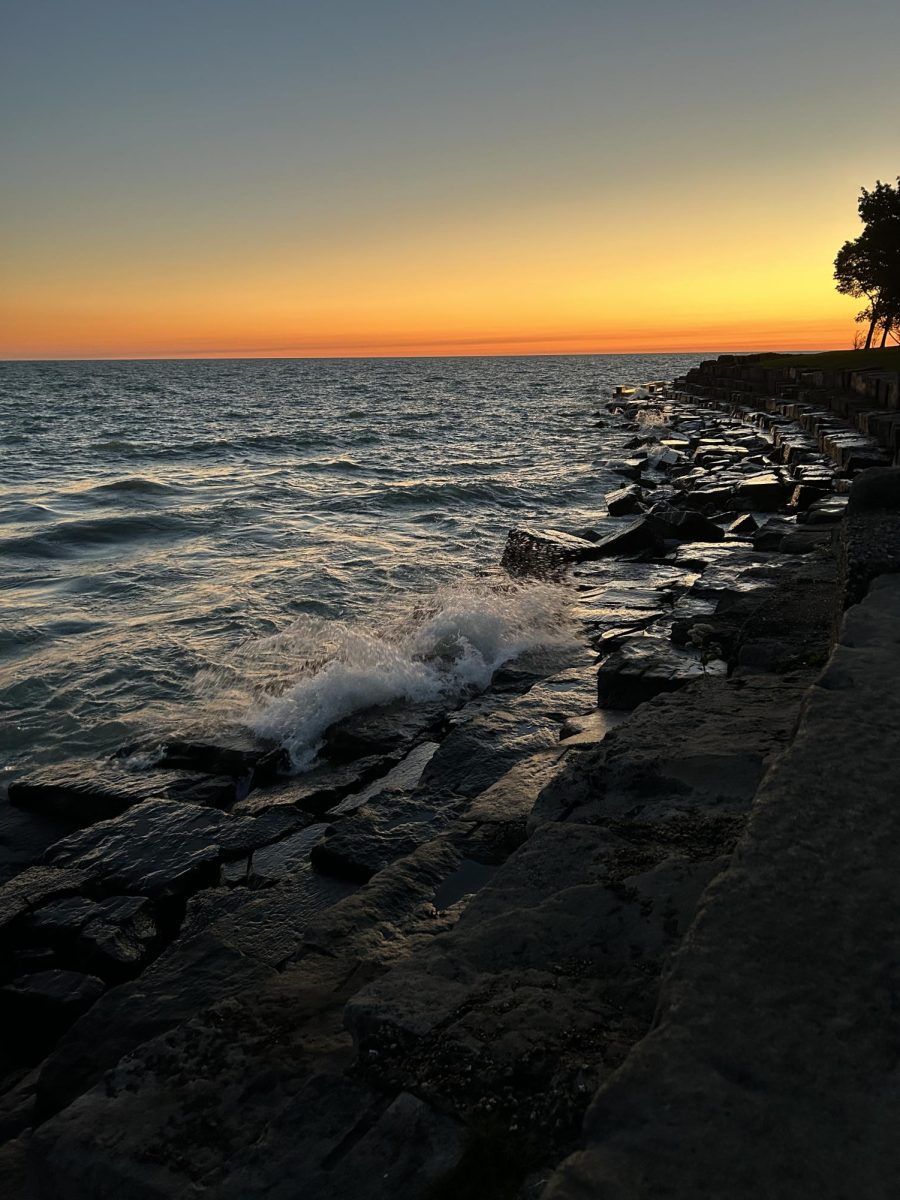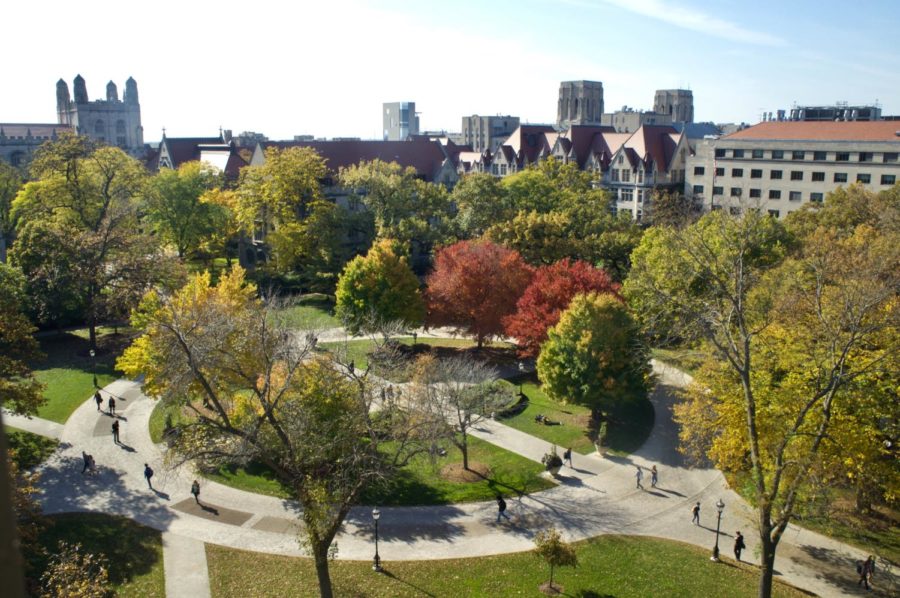At the Bramble Arts Loft in Andersonville, Avalanche Theatre’s production of Melanie Coffey’s Time is a Color and the Color is Blue is imperfect but warm and well-intentioned nonetheless. The play, set during a winter storm in the Arctic, follows Whittaker, a glaciologist, as she attempts to escape an ice cave. The spunky protagonist had abandoned her research team, Jackson and Bridget (also Whittaker’s girlfriend) in search of ancient cave drawings. Now, stuck alone and dying of exposure and hypoxia, Whittaker has no shortage of regrets. Soon, those regrets start emerging from the ice, hounding and chastising her for what she perceives to be her many failings.
Whittaker is on stage for almost the entire show, often alone, and Time is a Color hangs on Alice Wu’s performance as the weathered protagonist. Wu is fantastic, lending candor, humor, and pluck to a role that risks becoming self-pitying. It is through Whittaker’s exasperated stubbornness, and the huffing and puffing and flailing with which Wu plays it, that Time is a Color engages most meaningfully with its audience. Though Avalanche and Coffey do not always realize it, this is not a play about climate change, time, or dying. It is rather a play about one woman’s perception of her relationships with her friends, family, and colleagues and how that perception is skewed by her perception of herself. It is a simple enough idea but one given weight by Wu’s performance and stakes by the frigid setting.
And with Whittaker’s companions—her coworkers, an ex-girlfriend, her mom, and even two imagined cavewomen—reduced to hallucinations, the icy environment is free to become the play’s real supporting role. Aesthetics and functionality aside, Ab Rieve and Micaela McCabe’s set is a physical marvel. It is massive, surrounding the audience, and entirely immersive. Amid icicles made of bubble wrap and crevasses made of sheets, cardboard, and construction paper, characters appear around every corner. The audience is as lost to the world around them as Whittaker. When the lights dim and fade to blue, there’s real magic in the way the whole room glitters.
All around, Time is a Color benefits from strong and focused production design. Except for some unnecessary mood-setting music, everything about this play is tight, clean, and mercifully simple. Director Zoe Sjogerman keeps characters focused, blocking minimal, and pacing quick. When the dialogue gets too full of itself—“I’m a lover of time… the grand scheme”—Sjogerman does well to re-center the play in its emotional core: Whittaker’s insecurity. And often at the expense of that insecurity, Time is a Color’s dialogue is frequently laugh-out-loud funny.
If there is an issue with Time is a Color, it is, again, that it does not quite know what it is about. Wanting to be about the big things, it sometimes loses sight of what makes the audience care. Simply put, one does not feel for the humanoid ancestors who come crawling out of the cave walls to scrawl their bloody art. Nor does one feel for the ice that is slowly melting, though perhaps one should. But one does feel deeply for Whittaker, who is lonely because she is self-destructive as much as because she is trapped in a glacier. In the end, messiness aside, Time is a Color reminds us just how captivating live theater can be.
Avalanche Theatre’s production of Melanie Coffey’s Time is a Color and the Color is Blue is at the Bramble Arts Loft through May 24.



